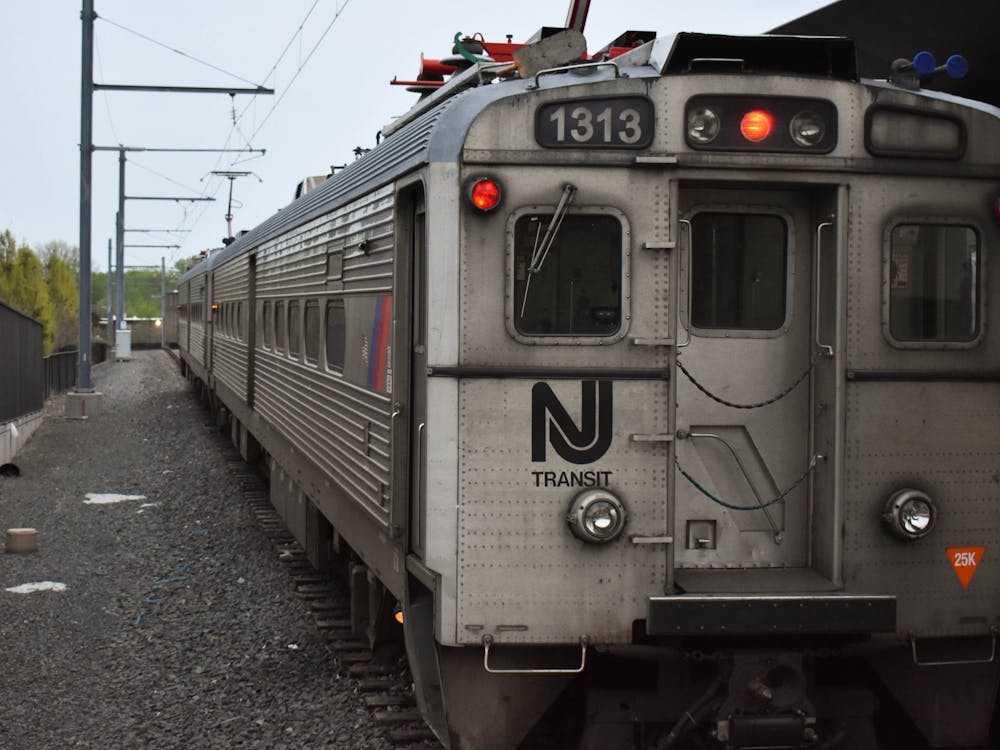Recent university efforts to allow students to pay for services with their proxes, a step in the right direction, are far too limited. Students are still not able to charge purchases at the U-2 store with their proxes, and other stores are limited to Paw Points. The University should attempt to allow purchasing via prox at as many locations as possible, both on and off campus.
There is no great reason why students should not be allowed to charge at Labyrinth, the U-2, the copiers in Firestone and at various restaurants in town. Adding these options would mean creating an easy form of payment for students, especially those who cannot afford the fees associated with credit cards. Additionally, being able to charge coffee at Starbucks, or other restaurant purchases, would encourage students to venture off campus more often.
The main reason the University gives for not allowing students to charge restaurant and other purchases to their prox is that parents complain about the additional payments at the end of the month. This, however, is a problem that can be easily solved. The University could make it the parents' decision to activate the charge function at the beginning of each school year by sending a form along with other paperwork. The University could also give parents the option of sending the charge bill to either their address, or to the student's address, forcing the student to pay for any charges made on their proxes.
Not allowing for the expansion of student charge is a way for the University to protect its monopoly on student dining. But Dining Services already operates at a huge loss. If it can't fill that loss, it might as well be given the incentive to improve in quality — by competing against other private enterprises in town that would accept student charge.
Allowing the use of prox-charging at all campus-run and affiliated stores, copying machines and restaurants in town would benefit the student body immensely. Furthermore, with an opt-in system, the University would have no reason to continue to mandate the use of points. Points are inconvenient for students, who often lose money by using the system because they have to be purchased in 20-dollar increments. Making the charge option available in all locations would mean more student involvement in the community, easier access to school facilities and more flexibility for students.







